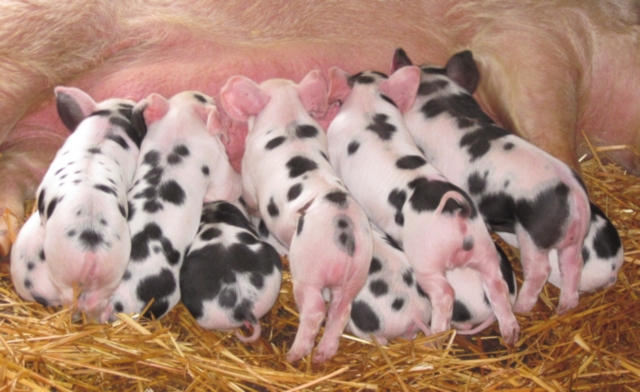 Avon Wildlife Trust's Trout and About project has won a Green Apple Environment Award in a national
campaign to find Britain’s greenest companies, councils and communities. We competed against more than 500 other nominations and were presented with
our Gold Green Apple Award at a glittering presentation ceremony in the House of
Commons on 11 November.
Avon Wildlife Trust's Trout and About project has won a Green Apple Environment Award in a national
campaign to find Britain’s greenest companies, councils and communities. We competed against more than 500 other nominations and were presented with
our Gold Green Apple Award at a glittering presentation ceremony in the House of
Commons on 11 November.
Trout and About is an innovative project being delivered in partnership by Avon Wildlife Trust and Bristol Water and is a fantastic way of engaging young people with freshwater ecology and their local natural environment, whilst rearing trout in their school classroom. The three year project will provide opportunities for young people living in an urban environment to learn about the natural world, visiting both local and rural river courses.
Students in primary schools across Bristol are given trout eggs and study the fish in their classrooms as they change from eggs to alevins and then to fry. During the project pupils explore local ponds and rivers, learning about freshwater habitats, food chains and food webs and the trout life cycle. They find out about sustainable fishing practices, the water cycle and water use, before releasing their fish into local reservoirs such as Chew Valley and Blagdon.
 The
Green Apple Awards began in 1994 and have become established as the country’s
major recognition for environmental endeavour among companies, councils,
communities and countries. The awards are organised by The Green Organisation, a group
dedicated to recognising and promoting environmental best practice. Judges
for the Green Apple Awards are drawn from the Environment Agency, the Chartered
Institute of Environmental Health, the Chartered Institution for Wastes
Management and other independent bodies.
The
Green Apple Awards began in 1994 and have become established as the country’s
major recognition for environmental endeavour among companies, councils,
communities and countries. The awards are organised by The Green Organisation, a group
dedicated to recognising and promoting environmental best practice. Judges
for the Green Apple Awards are drawn from the Environment Agency, the Chartered
Institute of Environmental Health, the Chartered Institution for Wastes
Management and other independent bodies.
The Green Apple Award has been added to a growing list of awards won by the Trout and About project, including Corporate Social Responsibility World Leader 2014 and an International CSR Excellence award.

















)

.JPG)


